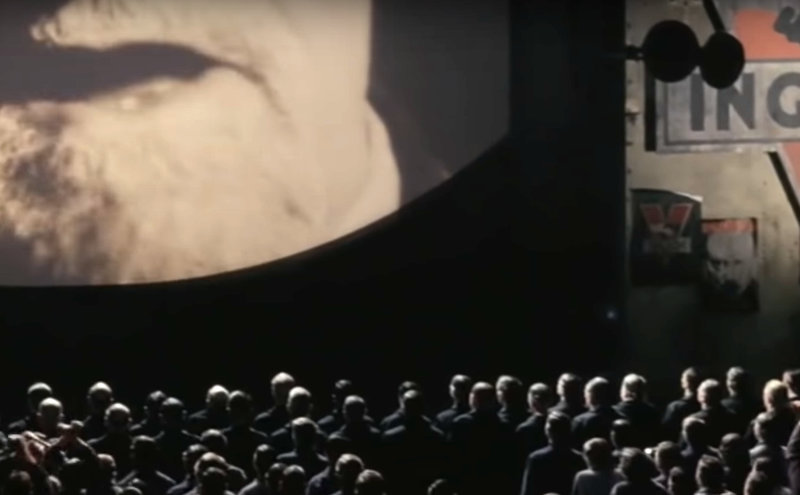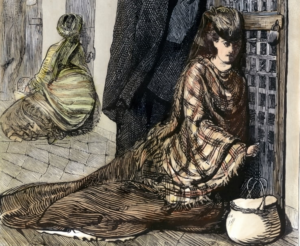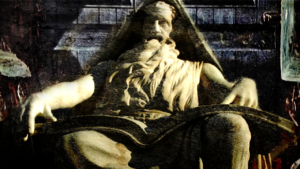The Pretty Nothing

In the wake of the World Wars a youth culture evolved based on opposition to the lifestyle being sold to them as a product. This lifestyle was a consumer marketing strategy developed by social engineers such as Walter Lippman and Edward Bernays.
Rebellious hippy youth culture found inspiration in an aesthetic narrative heavily influenced by Art Nouveau and Surrealism, combined with the popular introduction of ‘psychedelic drugs’. They were horrified by the perceived WASPiness of the Madison Avenue consumer society, which turned them away from notions of ‘normal’ picket-fence living, in the era when theorists like Herbert Marcuse worked tirelessly to categorize ‘individualized happiness’. These youth chased a worry-free life, finding expression in new ideals outside and parallel to the mainstream values of their age.
Thanks to their experimental drug-use (which became foundational to their movement) and to the consciousness-altering nature of those drugs, aesthetic choices of this era were inspired from looking inward. The postwar era had been bombarded with drastic technological change, causing various social upheavals, and many of the artists that emerged critical to these changes viewed their art as a political tool. (Editor’s Note: I would say the political angle was ‘injected’ and that their aesthetic was hijacked.)
That is not to detract from the quality of the work, as the art and music of that era was undoubtedly a fascinating exploration of ideas. Psychedelic art such as band posters and album covers found influence in strange places, such as the cabaret posters of Talouse Latrec, and embellished them with a drug-hazed holistic earthiness, to invoke a more magical place and time than the consumerist society they actually lived in. Anti-capitalist sentiment was a common theme of that era, as they tried to mount a ‘love-based rebellion’ against the banality of corporate culture, no doubt inspired by the Marxian Waves of Vapor critique.
Despite the various good qualities however, this youth movement became negative when the community allegiance to utopianism and social upheaval evolved into supporting system narratives and eventually, system-affirming dogma.
This was when the hippies lost their balls.
Up to the 70s the psychedelic movement explored a variety of different directions thematically, and even heroically, with common themes including: folklore, naturalism, psychic/space exploration, and magic. The offshoot culture strayed originally from individualized pseudo-utopian philosophy towards a ‘folkism’, something that is always dangerous to our ‘cultural overlords’ as it attracts the working class. Sadly, hippy creative energy fell to their manipulation, and was subverted and commercialized by disco, the 80s wealth-glut (followed swiftly by inflation), and punk rock. The system and it’s robots re-shackled the uncontrollable culture and relegated it to luxury belief status. Eventually the fashion of this era would be available in commercial ‘retro’ shops and embraced by the mainstream in safe, canned fads, marketed to the masses by the very same institutions they were combatting: the minions of Madison Avenue. Instead of spacing out on the exploration of the cosmos one could fish-out on research chemicals while staring at intricate base level fractals painted by a dancing bear. Enter the concept of Pretty Nothing.
We’ve all seen this type of work on the side of buildings or on album covers where a seemingly random object like a ice cream cone will have a kitten’s face riding on a rocket through a sea of bananas — or something that simply defies logic for the sake of an undefined creativity. The Pretty Nothing creates highly detailed artworks devoid of traditional substance, but more importantly in avoidance of political and social critique. It is the art of the ideological faintheart, removing the artist from social responsibility. As the post-hippies (ravers/club kids) lost their inherited anti-capitalism beliefs, their creativity went as well.
Wild imagination is better suited to pursuits of propaganda — however in the political acceleration of today any issue can be made politically controversial. The intellectual safe-zone of the ‘artistic’ System-creature is in constant flux, and even those who merely say nothing today may in the future be accused of treason, all the while it grows increasingly difficult to choose counter-culture as an option.
You might say that what isn’t under the aegis of the Pretty Nothing can become the object of the ‘two minutes of hate’.











